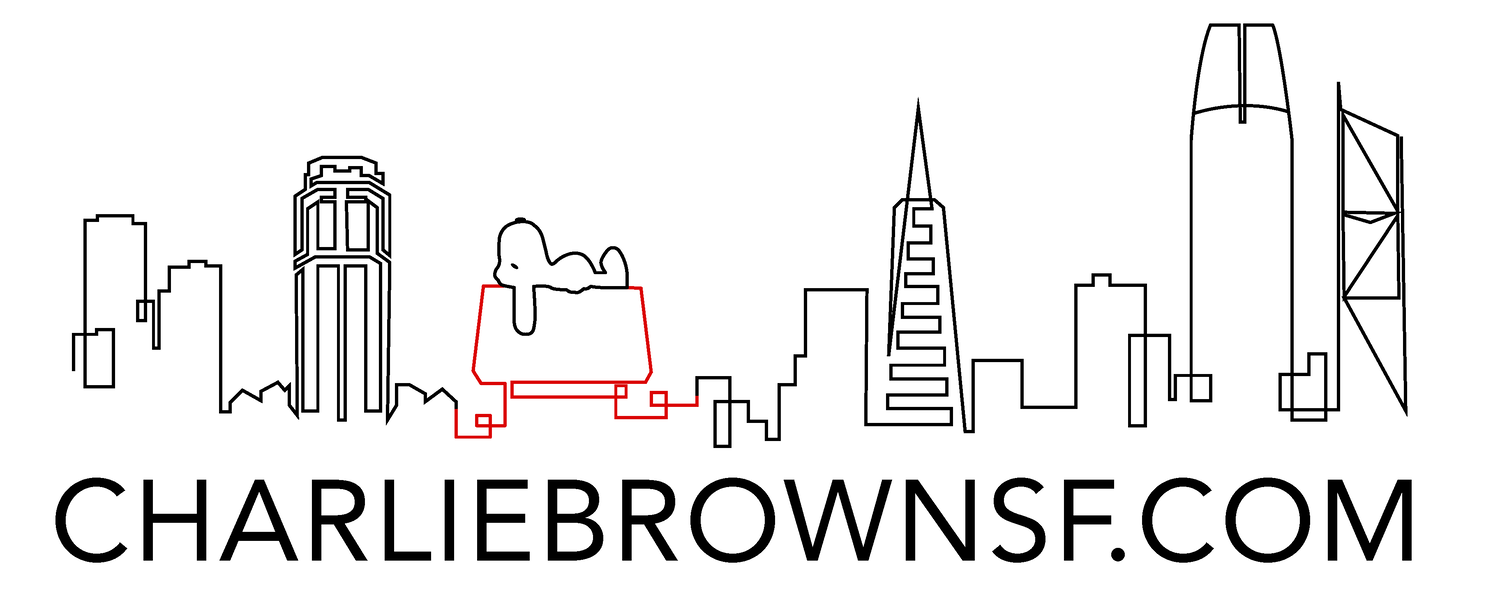Considering an Adjustable-Rate Mortgage (ARM)? Here’s What You Should Know
With mortgage rates holding steady at higher levels and home prices continuing to climb in key markets like San Francisco and Redding, many buyers and investors are reevaluating their financing options. One loan product making a comeback is the adjustable-rate mortgage (ARM)—and for good reason.
If you’re aiming to maximize your buying power or increase your ROI, an ARM might be a smart short- to medium-term strategy. But like any investment tool, it’s important to understand how it works before jumping in.
What Is an ARM, and Why Are Buyers Considering It Now?
An ARM starts with a lower interest rate than most fixed-rate loans, which means lower monthly payments up front. That’s attractive, especially in today’s market where affordability is a major hurdle. However, the rate isn’t locked in forever—it adjusts after a set initial period (typically 5, 7, or 10 years), based on current market rates.
Think of it this way:
If you're planning to sell, refinance, or relocate before that adjustment period kicks in, you may never face the rate increase.
But if you’re in it for the long haul, there’s a chance your monthly payment could rise—sometimes significantly—depending on future rates.
Why ARMs Are Different Now Than in 2008
Understandably, some investors and homeowners still associate ARMs with the 2008 housing crisis. But today’s lending standards are much stricter. Lenders now assess whether you can afford the loan even after the rate resets. The risk is managed better—and when used strategically, ARMs can be a savvy tool.
The Pros: What Makes an ARM Attractive
Here’s why more people are giving ARMs a second look, especially in markets with tight inventory and high competition like the Bay Area:
Lower Initial Rates: This means lower monthly payments, freeing up cash for renovations, upgrades, or additional investments.
Increased Purchasing Power: You may qualify for more home or a better location than you could with a fixed-rate mortgage.
Potential for Savings: If interest rates drop or you exit the loan before the adjustment period, you could avoid higher costs altogether.
This can be particularly useful if you’re buying a property to flip, rent out, or redevelop—projects that typically have shorter investment timelines.
The Risks: What to Watch Out For
Of course, ARMs aren’t for everyone. Here’s what you need to consider:
Rate Increases: If you're still holding the property after the initial period, your rate—and monthly payment—could rise.
Market Uncertainty: While many experts predict rates may drop in the next year or two, that’s not a guarantee.
Risk Tolerance: ARMs require a bit more financial flexibility and planning. If you’re risk-averse, a fixed-rate loan might still be the better option.
Final Thoughts
If you're an investor or buyer looking for flexibility and short-term savings—especially in a dynamic, high-value market like Northern California—an ARM could help you make your next move sooner rather than later.
But this isn’t a one-size-fits-all solution. Your long-term goals, your timeline for holding the property, and your tolerance for potential rate hikes all matter.
The smart move? Talk to a trusted mortgage advisor who understands both your financial picture and the local market. Whether you’re acquiring your next rental, investing in a luxury flip, or navigating construction financing, aligning the right loan with your strategy is key to building long-term wealth through real estate.



